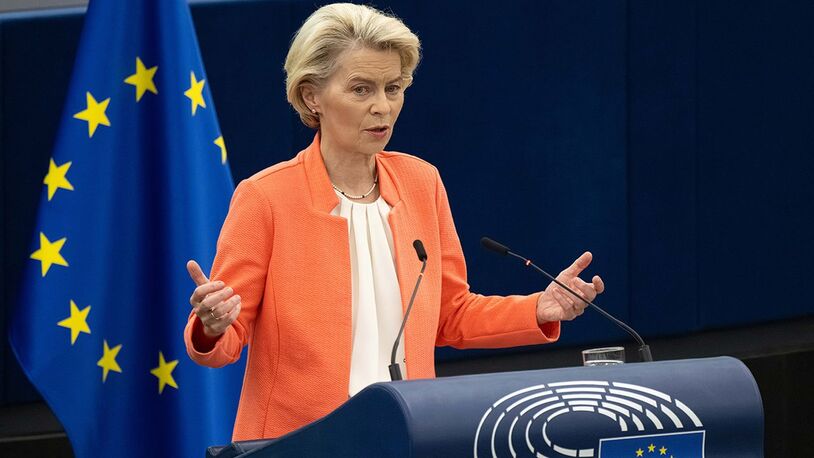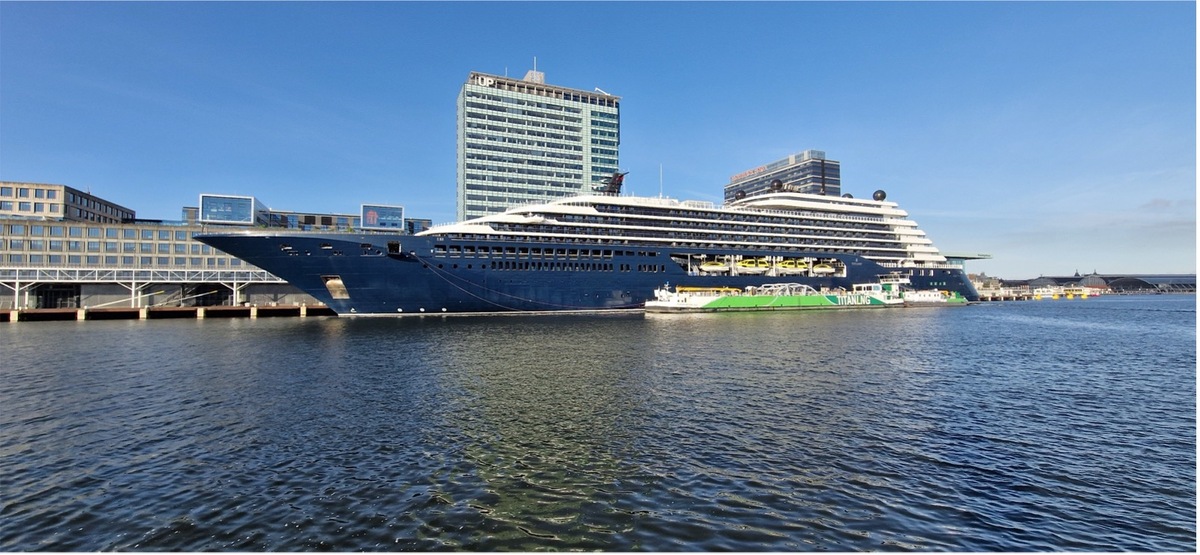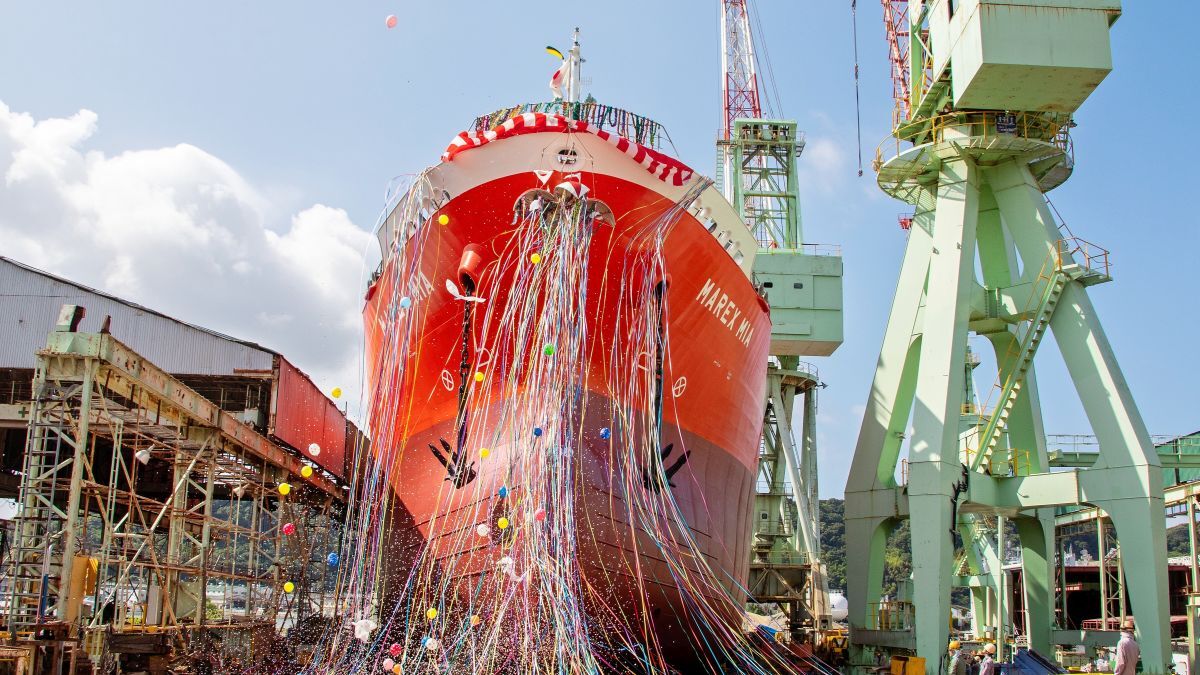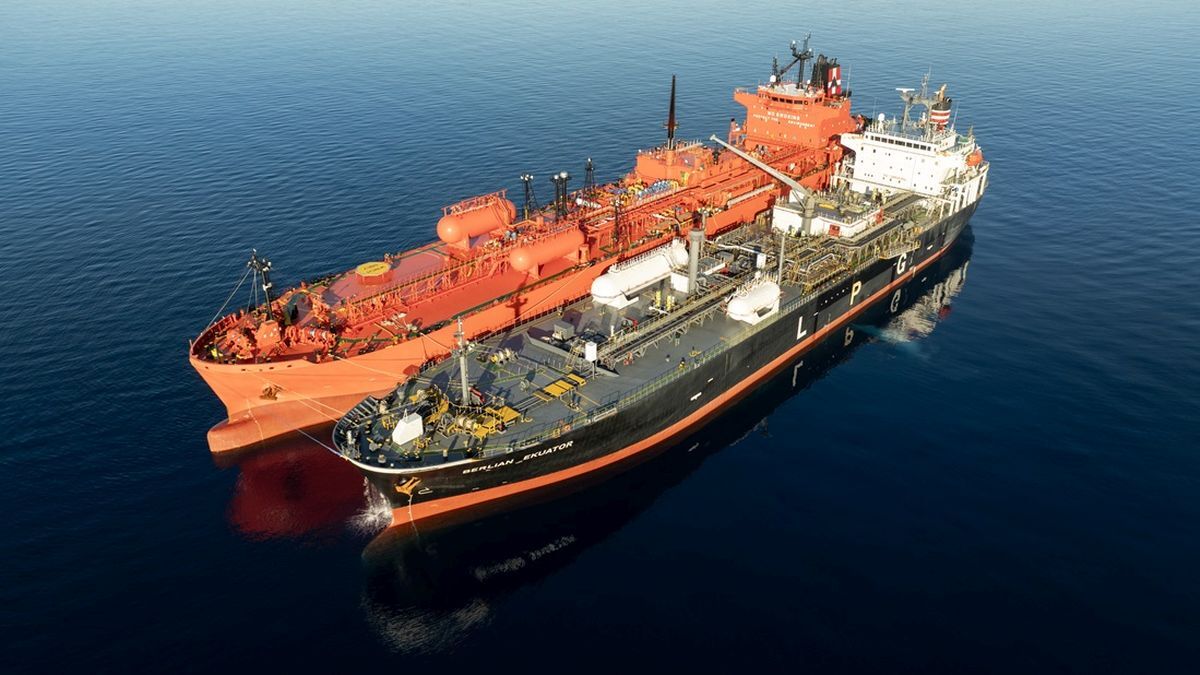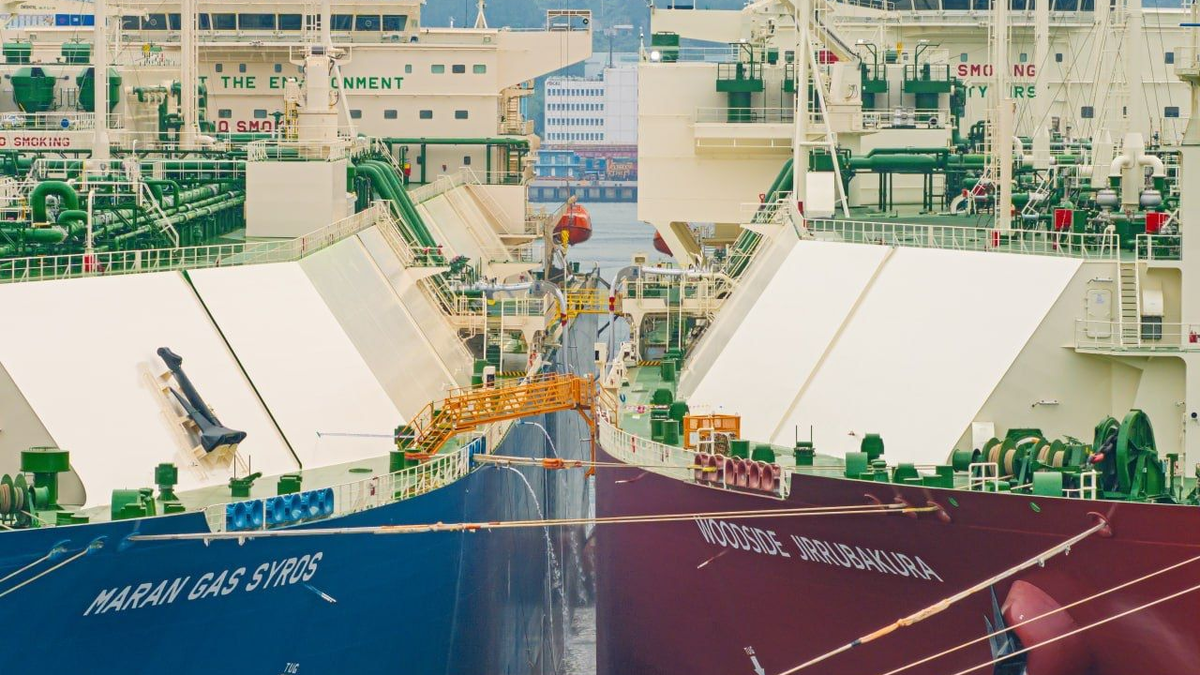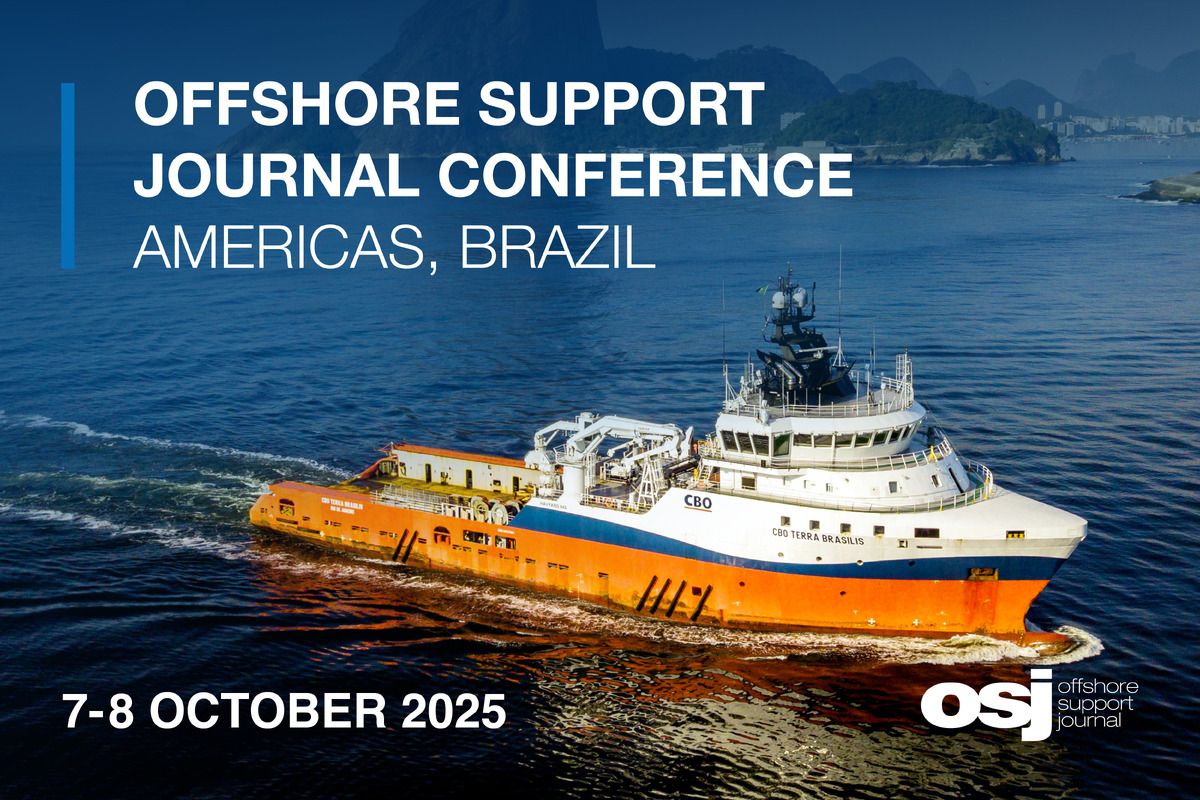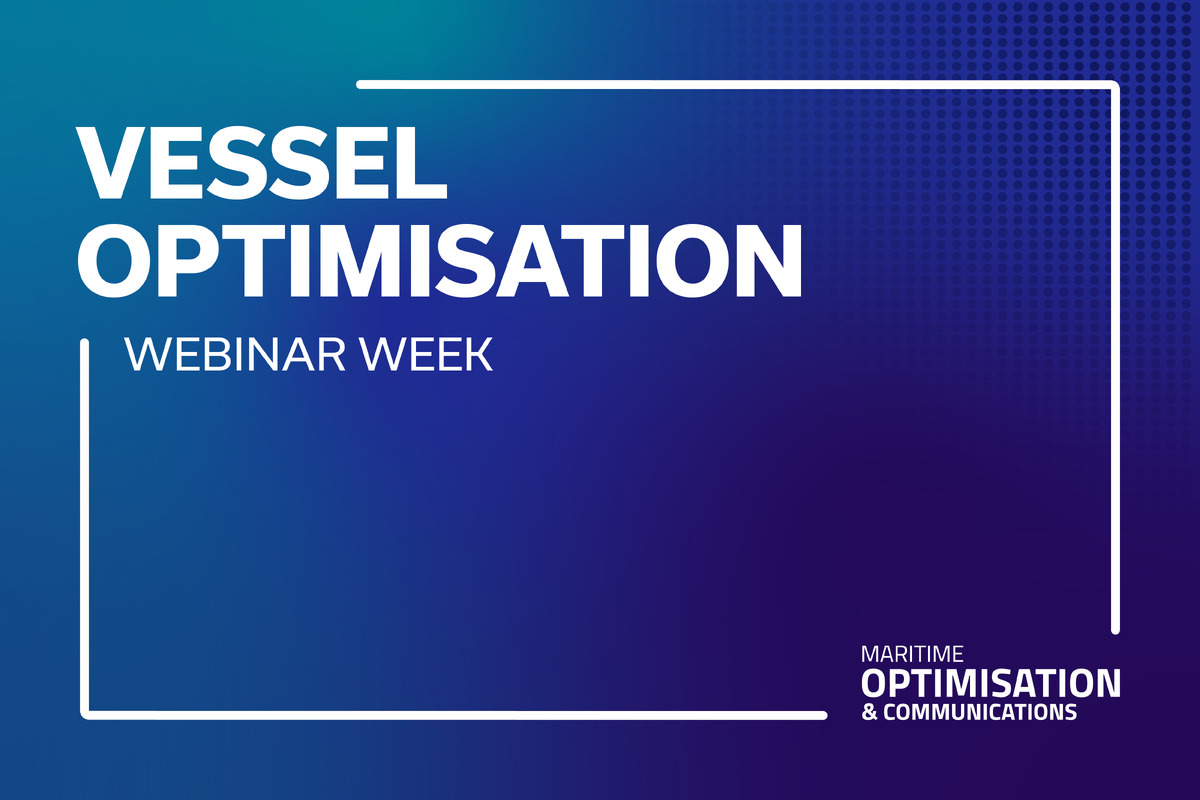Business Sectors
Contents
The future of LNG shipping: challenges and opportunities
LNG carriers are the lifeline of the LNG industry, but recent events have sparked a shift in the logistics of shipping LNG
LNG depends on LNG carriers to be transported and those LNG carriers play a vital role in balancing supply and demand globally in the gas industry. Their role is going to become even more important in the coming months and years.
LNG carriers are being built at record numbers. LNG production is at record levels and LNG demand worldwide keeps growing. All this looks very positive for the industry, but in the last months a series of events have begun to change how the distribution of that LNG will be achieved.
First, the Suez Canal route has become a more dangerous passage again. The latest attacks on ships in the Red Sea and Indian Sea are worrying shipowners and charterers alike. The big question is, what will Qatar do, since its position in the Persian Gulf makes LNG carrier passage through the India Sea inevitable and through the Suez Canal to Europe preferable. Avoiding the conflict areas will become almost impossible.
Second, the Panama Canal also faces its own challenges. Drought conditions have forced the Canal Authority to limit the number of ships crossing each day. While this may be a temporary restriction, it highlights the impact of climate change on the shipping industry.
Third, the US, Australia, Qatar and Russia are producing and exporting LNG at record levels. The lack of ships is forcing some of them to delay production.
Fourth, new players in the LNG production market are finally arising. While I personally thought that Iran would eventually show up strongly in the LNG market, apparently sanctions are forcing it to accept reality. At the same time, the US has decided to ease sanctions and an agreement has been reached for Shell and Trinidad’s NGC to start developing Venezuela’s Dragon field.
“The big question is, what will Qatar do?”
Fifth, long term versus short term. I did not want to leave out the effort Qatar is making to control not only its shipping, but also its long-term contract deals. The country has started an ambitious programme to build more ships at a fast pace; at the same time, it has started to close several 27-year deals with customers that will secure an important part of its production. Do you think I am exaggerating? Well, this year Qatar has signed a 27-year supply deal with Sinopec, another with Eni, another with Shell, a second deal with Sinopec and another with Total.
All these scenarios will seriously affect global LNG trade. In spite of the size and complexity of the LNG market, remember, it is all managed by a relatively small fleet of LNG carriers. A fleet that gets affected by the economics of the trade. How this global fleet serves the world’s LNG needs depends also on the climate emergency, on wars, on conflict areas and on political stands. If there is an Achilles’ heel in the logistics of the LNG industry, LNG shipping is probably it.
Related to this Story
Events
Offshore Support Journal Conference, Americas 2025
LNG Shipping & Terminals Conference 2025
Vessel Optimisation Webinar Week
© 2024 Riviera Maritime Media Ltd.



